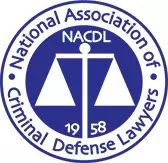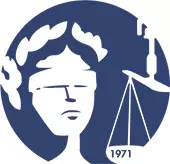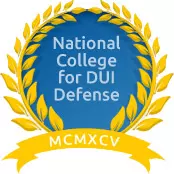The 86th legislative session in Texas has welcomed many new bills. One of the most controversial is the prohibition of forensic hypnosis from a criminal courtroom proposed by State Senator Juan “Chuy” Hinojosa. You may have seen examples of forensic hypnosis in television dramas such as C.S.I or The Long Island Medium. This practice may be popular for T.V. rankings, but in the criminal justice system forensic hypnosis can lead to false convictions.
Texas has one of the most developed forensic hypnosis programs in the country. The Forensic Investigator Certification Program allows police officers and consultants to “access” the lost memories of witnesses. Devotees of forensic hypnosis will claim the practice is a “relaxation tool,” which allows witnesses and victims to recall what they’ve seen.
Cases of Forensic Hypnosis
There have been a few cases where forensic hypnosis was successful. For example, Lawrence Singleton was discovered by forensic hypnosis for the crime of raping and mutilating a 15-year-old girl named Mary Vincent. However, there is no scientific basis behind forensic hypnosis. While there have been some successes, the majority of forensic hypnosis attempts lead to false accusations.
Clarence Moore is an example of forensic hypnosis gone wrong. The New Jersey man spent 15 years in prison for a rape he never committed because of forensic hypnosis. There was no forensic evidence in his case with the exception of hypnosis. The victim was unable to see her attacker’s face clearly until she “accessed” her memories through forensic hypnosis.
Recently, the third circuit U.S. Court of Appeals in Philadelphia dismissed Moore’s conviction. After over a decade of incarceration, Moore was finally released. He had lost his business, his marriage and was unable to see his children grow up because forensic hypnosis was still considered admissible in court.
Texas and Forensic Hypnosis
Two death row inmates in Texas are fighting back against forensic hypnosis. One of them is Kosoul Chanthakoummane who was convicted of brutally stabbing realtor Sarah Walker to death. He was found guilty because of a sketch released from a hypnotized witness. The other death row inmate is Charles Don Flores, who was convicted of killing Elizabeth “Betty” Black. He was also found guilty because a hypnotized witness recognized him running from the scene.
Both men have been sentenced to death but have been able to delay their execution dates. Their defense has argued for new trials because forensic hypnosis is considered to be “junk science,” and they’re not wrong.
Forensic hypnosis has never been verified in a scientific setting. The debate regarding “repressed memories” has never been fully validated but has been upheld by devoted believers. The program itself is rather informal and quick. It only takes 32 hours to become an investigator, and 40 hours to become a certified forensic investigator. The inconsistency of the forensic hypnosis field has led to half of the U.S. adopting “per se inadmissibility rules,” which bars anyone from using forensic hypnosis as admissible evidence.
Legislation in Texas to Stop Forensic Hypnosis
The bill proposed by Senator Juan “Chuy” Hinojosa would eliminate forensic hypnosis from the court. Any testimony obtained by hypnosis would be considered inadmissible. This would be good news for inmates wrongly accused by hypnosis such as Chanthakoummane and Flores.
Senator Hinojosa’s bill was introduced on February 2nd, so only time will tell. If it passes, the new standard could release many people who were wrongly convicted due to forensic hypnosis. It would also deter law enforcement agencies from relying on forensic hypnosis “experts” when they’re stuck on a case. Not only this, but it would stop funneling resources into a practice which has for so long been considered to be “junk science.”
This blog was last updated on March 12th, 2019.









